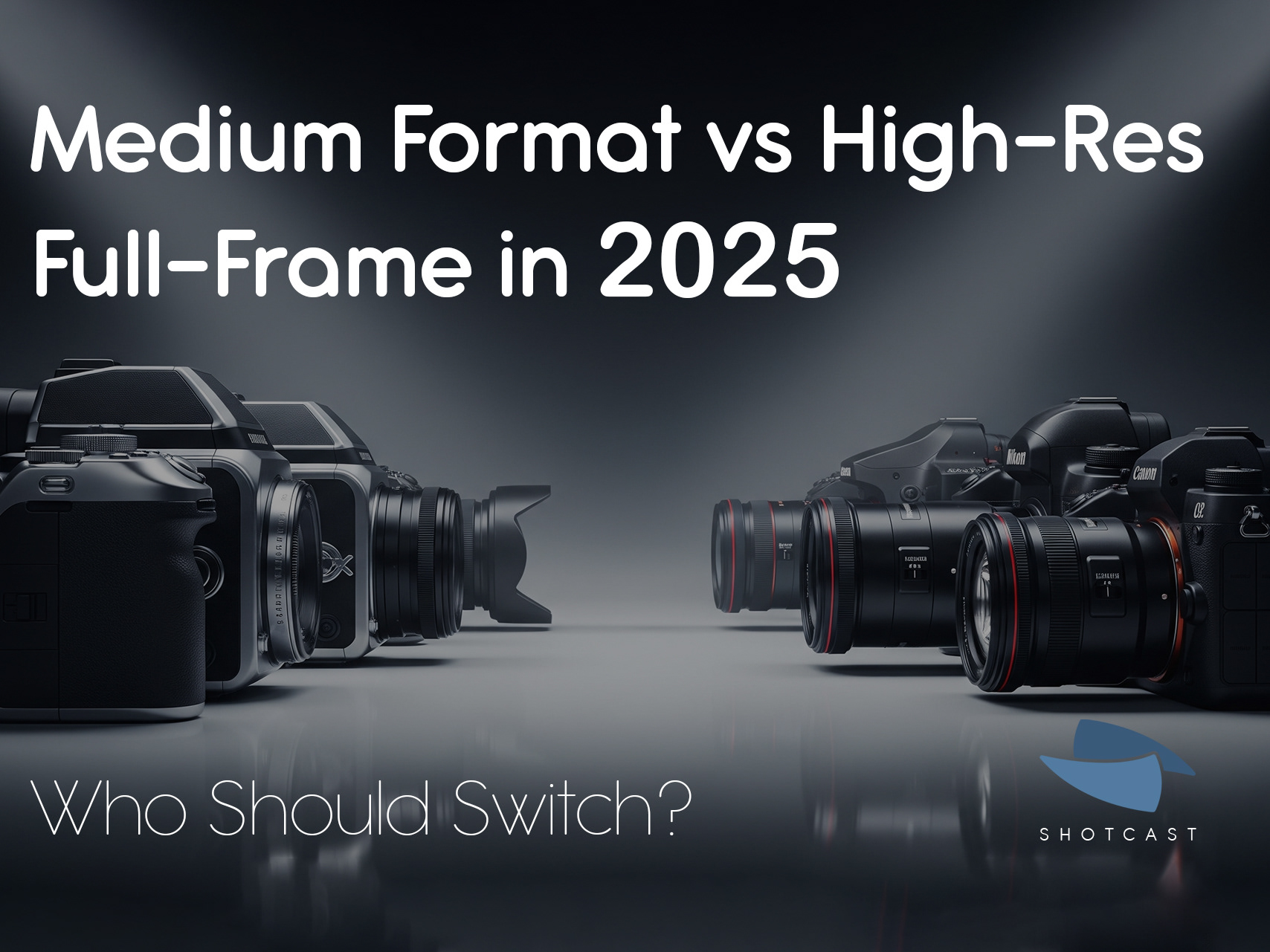Gregory Crewdson’s Twilight
ShotCast Issue No. 4
Twilight isn’t a time of day here; it’s a material. In these pictures, air thickens just enough to let the light appear as a character. A beam slips through a window, walks across a shoulder, gets lost in kitchen steam—and an ordinary house starts behaving like a rumor.
Why these images hold Crewdson removes time and leaves us the middle of a scene. Suburbia stays intact—vinyl siding, obedient drapes, the honesty of a table lamp—until one refusal tips the balance: smoke without fire, a stillness held too long, a room awake at the wrong hour. The mind supplies the “before” and “after” to make sense of it, and that narrative labor is why we stay on the frame.
How the uncanny is built (without shouting)
Light with intent. Sources feel “real” (doorway, streetlamp, ceiling fixture) yet carry theatrical authority. Haze is tuned so beams are visible but shadows survive.
Color as separation, not decoration. Skin rides a touch warmer than the scene, reading cleanly against evening blues and lawn greens.
Camera with manners. Focal lengths stay human; space is respected first, edited second.
Acting by not acting. Bodies hold. A crouch that lasts. A pause that refuses to resolve. The silence is engineered and becomes the thrill.
Texture as memory switch. Paneling, shag, damp grass—lit right, they turn synesthetic. You can almost hear the room and smell the yard.
What this teaches image-makers now Presence beats spectacle. You don’t need digital fireworks; you need decisions that respect physics and bend mood. Pick locations with memory already baked in. Decide the path of the beam before power is on. Keep one ordinary object almost too ordinary, so the spell has something solid to grip. Build effects in front of the lens whenever possible—the friction between evidence and impossibility is the motor of the uncanny.
Reading the frames you know The yard at night with a pregnant pause; the living room where grass has no right to be; the window that stacks room/glass/street into layers like acetates. Each picture is a hinge, not a headline. It doesn’t explain; it invites. The hour itself—compressed values, modest lamps, obedient reflections—does half the storytelling. Light trespasses. Domestic life pretends nothing happened. We read the gap.
Close A room, a yard, a person who hasn’t decided yet. Air you can see. That’s enough—and that’s exactly why it lasts.
Written by Arman Abbasi



